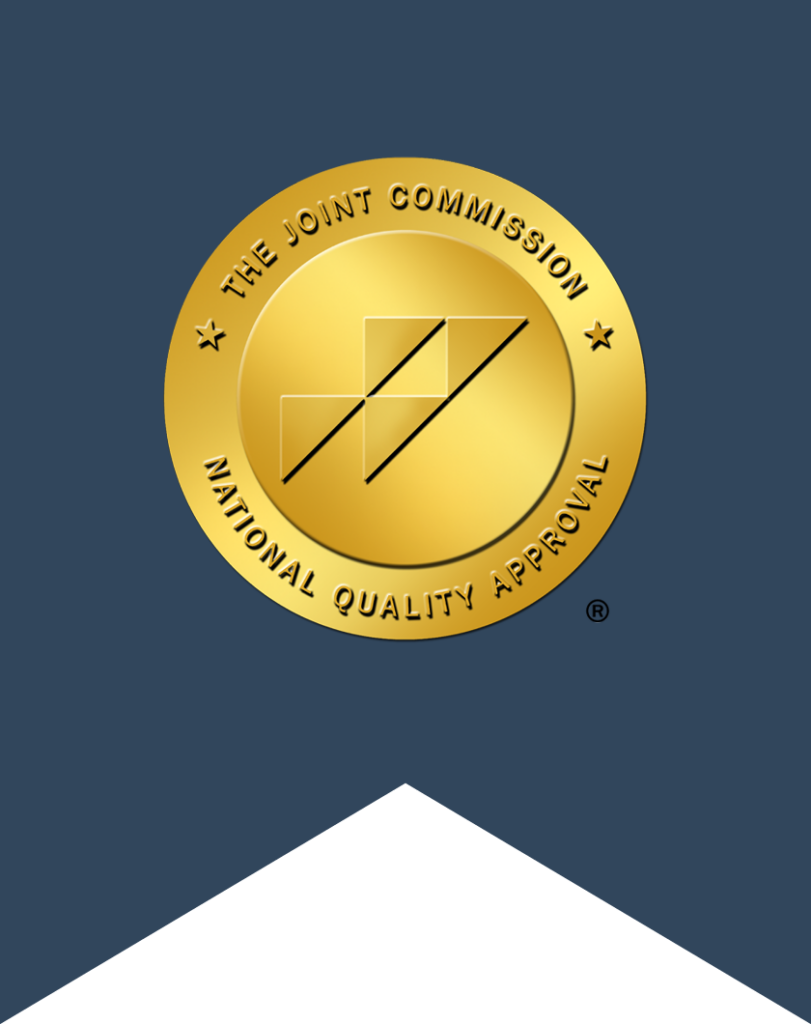There was a time—a time long before “selfie” was a word—when taking a picture of yourself required a tripod, a remote switch and a trip to the film lab or darkroom. Now, thanks to the ubiquitous front-facing cell phone camera, snapping a selfie is a two-second endeavor, and it only takes another few seconds to post it to social media.
Between 2012 and 2013, the frequency of the word “selfie” increased by 17,000 percent, according to language researchers at Oxford Dictionaries, and in 2013, it was chosen as the Word of the Year.
A Study: Selfies, Social Media and Body Dissatisfaction
But there is a darker side to selfies. According to a study published in the Journal of Eating Disorders, adolescent girls who share selfies on social media have significantly higher levels of body dissatisfaction and dietary restraint compared to those who don’t share selfies on social media.
The more the subjects manipulated their selfies before posting them—removing blemishes, trimming off pounds—the higher their overvaluation of shape and weight and the keener their dissatisfaction with their body. Researchers say these findings point to sharing selfies on social media as a contributor to disordered eating, including anorexia nervosa, bulimia nervosa and binge eating disorder.
Selfie Culture and Eating Disorders
Dr. Alex Yellowlees, a psychiatrist at the Priory Group, one of the UK’s largest providers of treatment for eating disorders, corroborates these findings. Dr. Yellowlees concludes that the pastime of posting selfies to social media, including online weight loss inspiration sites, is responsible for a large increase in the numbers of adolescent girls and adult women seeking treatment for an eating disorder.
Between 2013 and 2014, the Priory Group saw a 15 percent increase in admissions for adult patients. The number of middle-aged patients suffering from an eating disorder nearly doubled between 2013 and 2014, increasing from 40 admissions to 73 in the 36 to 45 age group, according to Dr. Yellowlees. The number of adolescents between the ages of 11 and 17 who were admitted increased from 87 in 2013 to 139 in 2014. The National Health Service showed an eight percent increase in admissions for eating disorders over the same time period.
Dr. Yellowlees expresses particular concern with pro-anorexia and pro-bulimia websites, which serve as inspiration for those striving to lose weight. These sites, which encourage disordered eating—including self-starvation and purging—operate openly, and many who frequent these sites post selfies showing their own “progress” toward their conception of the ideal body weight.
“They want to keep a record of their illness and see for themselves, as it were, the progress they think they are making toward anorexia,” says Dr. Yellowlees, who also expressed concern about smartphone apps that let users count their calories, citing this as fueling the obsession for calorie counting and further putting both adolescent girls and adult women at a higher risk of developing an eating disorder.
Treatment for Eating Disorders Improves Physical and Mental Health
Treatment for an eating disorder has a dual focus: medical professionals and dietitians work to restore physical health and promote a healthy diet, while mental health professionals help patients identify and address underlying issues contributing to a poor self-image and low self-esteem.
Treatment works. If you or someone you love suffers from an eating disorder, professional treatment through a holistic program that draws on research-based therapies can help you reclaim your life and improve your physical and mental health.
